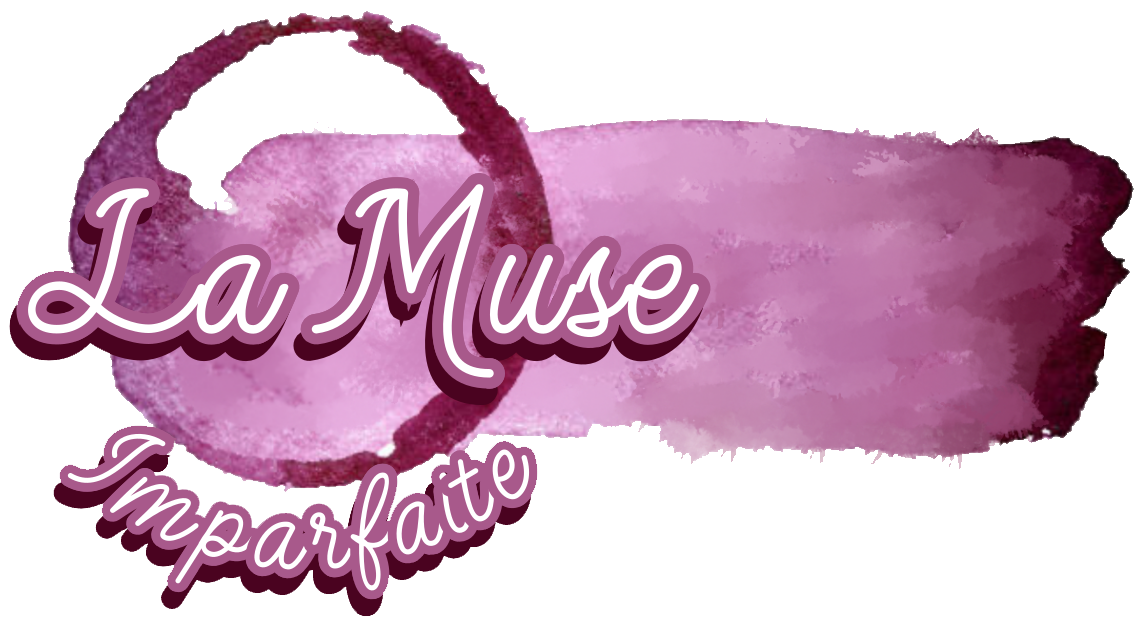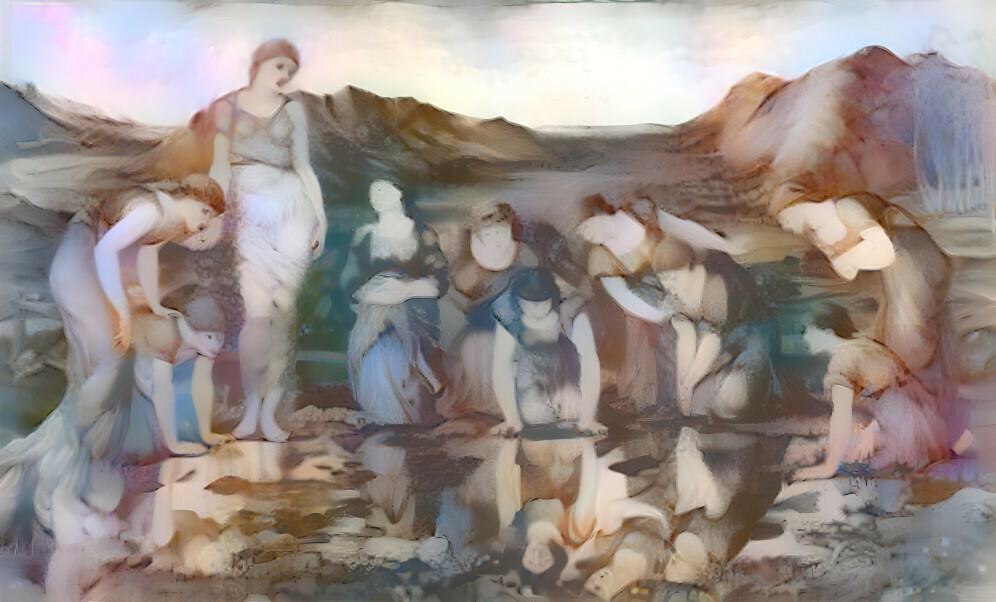Master the Art of Fine Art Photography
Fine art photography is a form of artistic expression that elevates photography beyond just a technical process into a medium for conveying powerful emotions, stories, and perspectives. Whether you’re an aspiring photographer or an experienced one looking to expand your creative portfolio, mastering the essential techniques and tools for fine art photography is crucial to capturing extraordinary images.
At La Muse Imparfaite, we specialize in crafting visually captivating fine art photography that pushes boundaries and explores the depths of creative vision. In this guide, we’ll walk you through the must-know techniques, camera settings, and tools to create mesmerizing fine art images that reflect your unique artistic style.
The Basics of Fine Art Photography: Understanding the Concept
Before diving into the technical side of fine art photography, it’s important to understand what sets it apart from other photography styles. Fine art photography is created with the intention to express the artist’s creative vision. Unlike traditional photography, which aims to document real-world scenes, fine art photography focuses on aesthetics, mood, and conceptual ideas.
Key Characteristics of Fine Art Photography
- Creative Composition: Emphasizing visual storytelling and artistic framing.
- Unique Subjects: Often captures abstract or surreal subjects, or ordinary objects from an unexpected angle.
- Mood and Emotion: The ability to evoke a specific emotional response from viewers.
Importance of Conceptualization
Every fine art photograph begins with an idea or theme. Whether you’re exploring nature, human form, or an abstract concept, conceptualizing your project is essential. This process helps you focus your energy on translating your idea into a visually engaging piece of art.
Essential Tools for Fine Art Photography
Creating stunning fine art photographs requires more than just a good camera. The tools you use play a significant role in translating your artistic vision into a breathtaking image.
1. Camera Gear: The Foundation of Fine Art Photography
While many photographers use high-end DSLRs or mirrorless cameras, the type of camera you use is less important than how you use it. The key is understanding your camera’s manual settings and being able to control every aspect of your shot.
Key Camera Features to Consider:
- Sensor Size: Larger sensors allow for more control over depth of field and image clarity.
- Resolution: A high-resolution camera enables large prints without losing detail.
- Manual Mode: You must master manual settings, including aperture, shutter speed, and ISO, to capture images exactly as you envision.
2. Lenses: The Creative Lens for Fine Art Photography
The choice of lens can completely transform your images, offering a variety of artistic effects. Popular choices for fine art photography include:
- Prime Lenses: These lenses are known for their sharpness and ability to create beautiful bokeh (out-of-focus background) for an artistic touch.
- Wide-Angle Lenses: Perfect for capturing expansive landscapes or creating exaggerated perspectives.
- Macro Lenses: Ideal for close-up photography, allowing you to capture intricate details in subjects like flowers or textures.
3. Tripod: Stability and Precision
For achieving sharp, stable shots, especially in low light or during long exposures, a sturdy tripod is essential. It helps you avoid motion blur and allows for more control over composition and framing.
4. Lighting Equipment: Enhancing Mood and Detail
Lighting is arguably the most important tool in fine art photography. Experimenting with natural light and artificial lighting helps set the mood and emphasizes the texture, color, and form of your subject.
- Natural Light: Soft, diffused light during golden hours (early morning or late afternoon) creates dramatic, ethereal effects.
- Studio Lights: Using controlled lighting setups such as softboxes or flashes can give your photos a more polished and sophisticated look.
Mastering Camera Settings for Fine Art Photography
To achieve the artistic effect you desire, you must understand how different camera settings affect your final image. Mastering these settings will allow you to adjust your photos to fit your vision perfectly.
1. Aperture: Controlling Depth of Field
The aperture setting controls the amount of light entering the camera and affects your image’s depth of field. A wide aperture (e.g., f/1.8) creates a shallow depth of field, blurring the background and isolating the subject. A narrow aperture (e.g., f/16) will keep more of the image in focus, useful for landscapes or architectural photography.
2. Shutter Speed: Freezing or Blurring Motion
Shutter speed determines how long the camera’s sensor is exposed to light. For a crisp, clear image, use a fast shutter speed (e.g., 1/500 sec). If you’re trying to capture motion or create a sense of fluidity, slower shutter speeds (e.g., 1/30 sec) work well.
3. ISO: Balancing Light and Noise
ISO controls the sensitivity of your camera’s sensor to light. Higher ISO values are ideal for low-light environments but can introduce noise. For clean, sharp fine art images, it’s best to use the lowest ISO possible while adjusting aperture and shutter speed accordingly.
4. White Balance: Creating the Right Mood
Adjusting the white balance helps achieve accurate color tones. You can use presets like daylight, cloudy, or tungsten, or manually set the temperature and tint to convey a specific atmosphere or mood in your images.
Composition Techniques for Fine Art Photography
Composition is the backbone of any fine art photograph. Effective composition leads the viewer’s eye and enhances the emotional impact of the image. Here are some key compositional techniques:
1. The Rule of Thirds
The rule of thirds suggests dividing your image into three equal parts both horizontally and vertically. Place the main subject along these lines or at their intersections for a balanced and dynamic composition.
2. Leading Lines
Using natural lines, such as roads, fences, or shadows, helps guide the viewer’s eye toward the focal point, creating depth and movement in the photograph.
3. Framing
Framing elements like windows, arches, or overhanging branches can draw attention to your subject and create a sense of intimacy.
4. Symmetry and Balance
Symmetrical compositions create harmony, while an off-center subject can create tension. Finding the right balance is key to crafting an engaging fine art image.
Post-Processing: Adding the Final Artistic Touch
Fine art photography doesn’t end when you press the shutter button. Post-processing allows you to refine your image and bring out the best in your work. Editing software like Adobe Lightroom and Photoshop offer advanced tools for adjusting exposure, contrast, and color balance.
- Contrast and Clarity: Enhancing contrast and clarity can make your subject pop and add depth to your photo.
- Saturation and Color Grading: Adjusting the vibrancy of colors and experimenting with different tones can create an entirely different mood and style.
- Cropping and Straightening: A slight crop or rotation can improve composition and eliminate distractions from the edges.
The Importance of Experimentation in Fine Art Photography
One of the most exciting aspects of fine art photography is the freedom to experiment. Whether you’re exploring alternative photography techniques like long exposure or using unconventional materials in your work, don’t be afraid to push the boundaries of traditional photography. The more you experiment, the more you will discover your unique artistic style.
At La Muse Imparfaite, we believe that creativity has no limits. Embrace experimentation, and let your vision guide you toward creating extraordinary fine art photography that tells a captivating story.
Final Thoughts: Start Creating Stunning Fine Art Photography Today
Creating fine art photography is about blending technical skill with boundless creativity. By understanding the essential techniques, mastering your camera, choosing the right tools, and honing your composition skills, you can begin creating captivating photographs that evoke emotion and resonate with your audience.
At La Muse Imparfaite, we are passionate about helping photographers explore their creative potential. Whether you’re just starting out or have years of experience, there’s always room to grow and discover new artistic expressions. So grab your camera, embrace the art of fine photography, and start creating today!



